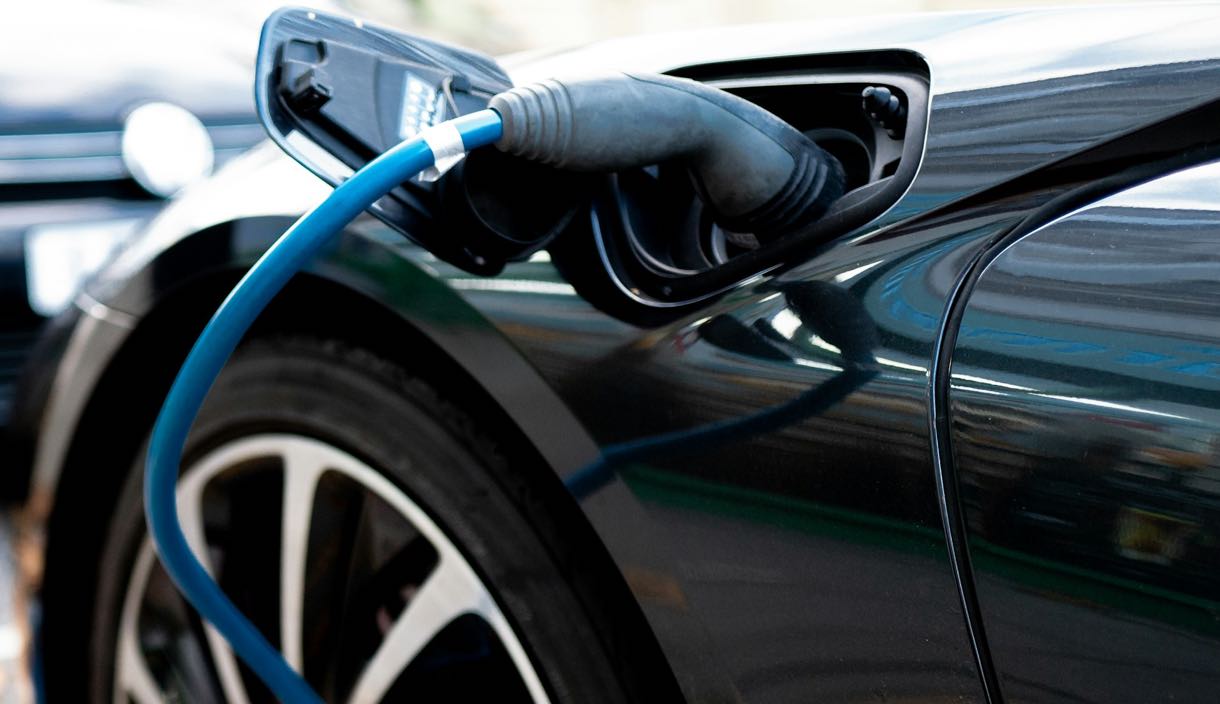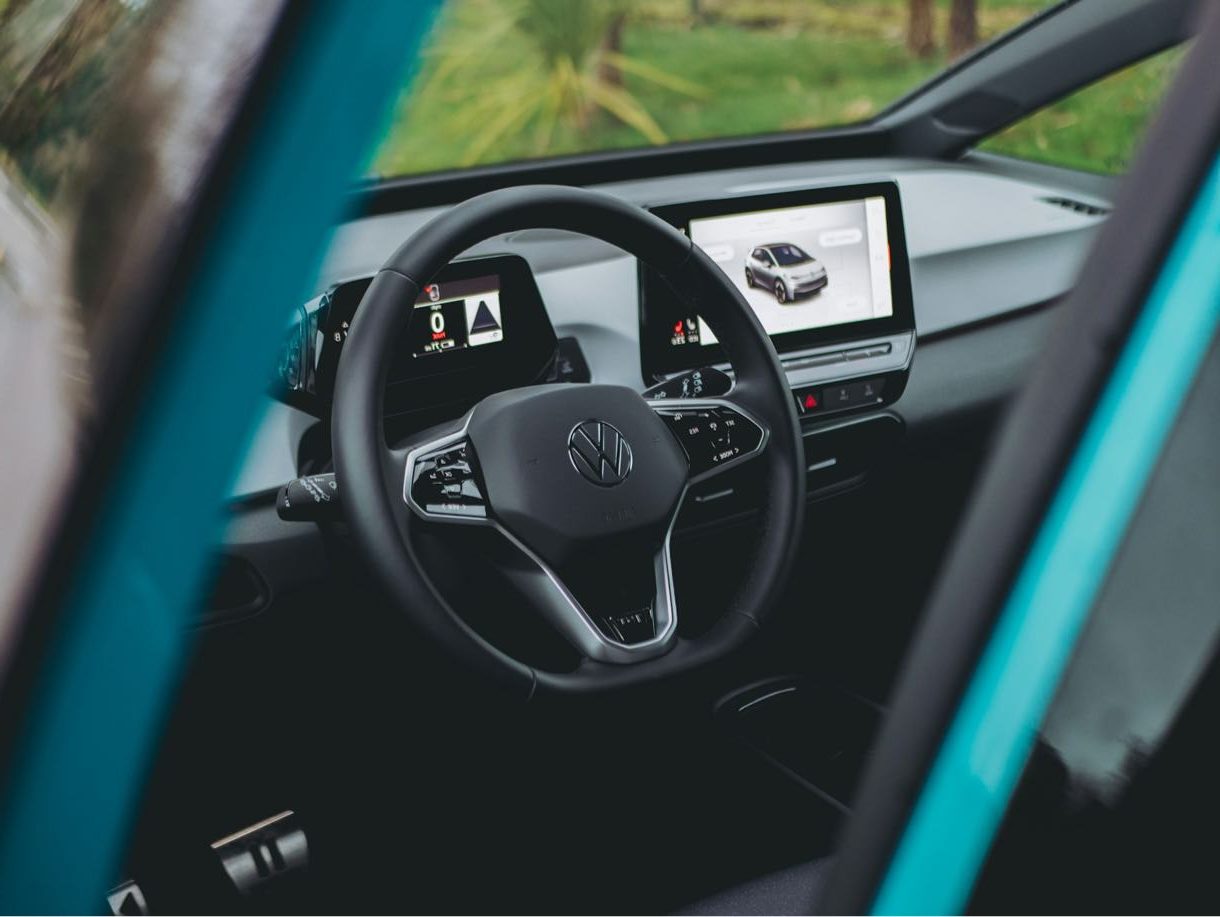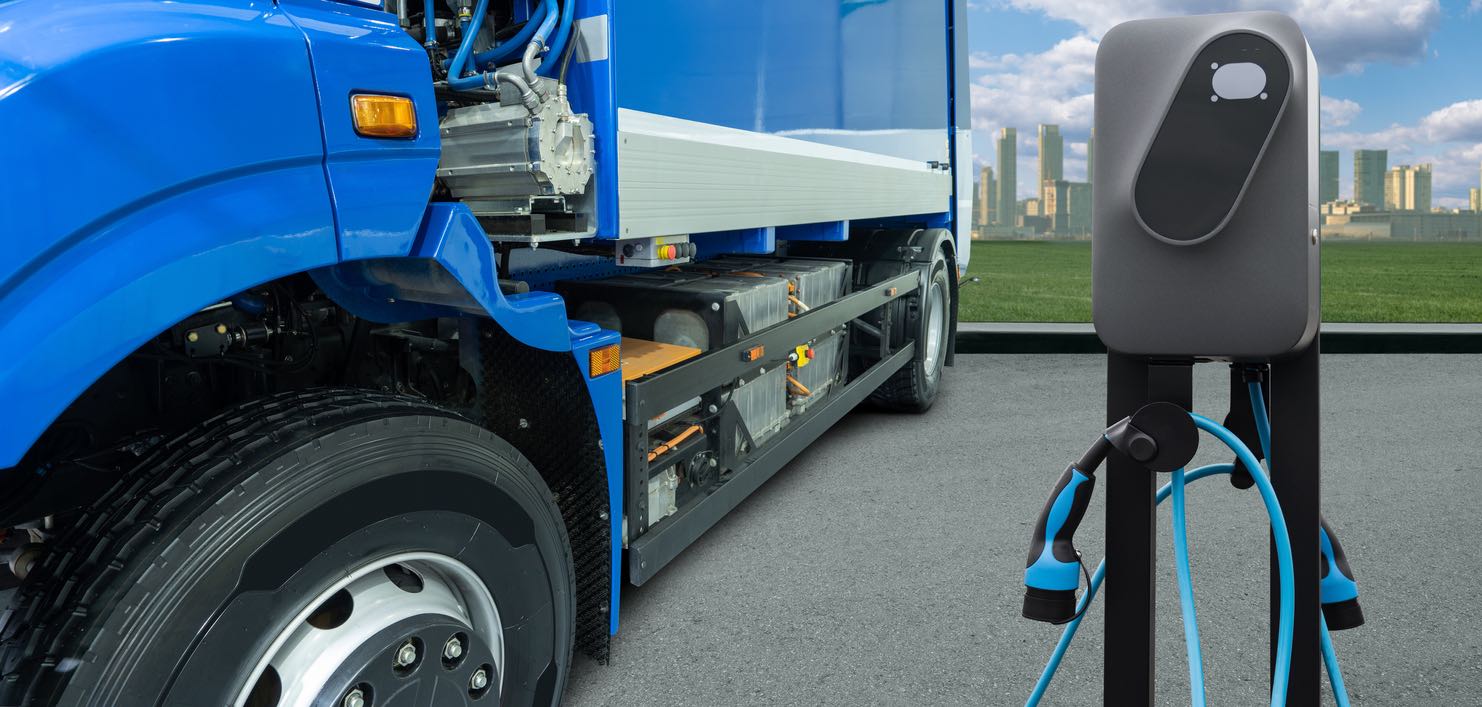With its recent statement, General Motors has signaled a major change in the automotive industry and the beginning of a new age when vehicle propulsion systems must be flexible and adaptable. The announcement by CEO Mary Barra that GM would bring hybrid cars back to the US market highlights a strategic approach to satisfying customer needs and environmental responsibility. This deliberate shift in focus from an all-electric vehicle (EV) agenda to one that includes plug-in hybrids represents a wider trend in the industry, taking into account the various demands of modern customers as well as the status of the charging infrastructure. By changing course, GM not only responds to current market needs but also establishes the framework for a cleaner transportation strategy that is more inclusive.
In light of the continuous growth of the automobile sector, this step by General Motors is very notable. It represents an increasing understanding that there is no one-size-fits-all approach to lowering carbon emissions and that hybrid cars are essential to the shift to a fully electric future. Customers who care about the environment but are worried about the lack of charging stations and the limited range of fully electric vehicles can find a workable answer in hybrid cars, which combine internal combustion engines and electric motors. GM appears to be committed to environmental goals while also accommodating the wants and preferences of the driving public, as seen by its policy of diversifying its array of vehicles with hybrids. This well-rounded strategy seeks to hasten the transition to more environmentally friendly modes of transportation while also increasing the attractiveness of green cars.

General Motors’ return of hybrid vehicles shows a smart move to meet today’s automobile consumers’ changing needs. This section discusses hybrids’ many benefits as a bridge between traditional and future automobile technologies. Hybrids appeal to manufacturers and customers by bridging the gap to sustainable transportation, appealing to consumer tastes, and adapting to market dynamics.
Bridging the Gap General Motors’ deliberate reintroduction of hybrid vehicles is expected to be a pivotal factor in the shift towards more environmentally friendly modes of transportation. Hybrids present an ideal option for consumers who are concerned about the current limitations related to electric vehicle (EV) infrastructure and range, since they provide the notable environmental benefit of lower emissions without requiring a complete switch to electric vehicles. This bridges the gap between internal combustion engines and future electric powertrains while simultaneously satisfying the needs of consumers who appreciate the flexibility and dependability of conventional fuel cars and those who want to lessen their carbon impact.
Consumer Appeal The revival of customer interest in hybrid automobiles may be attributed to their distinct standing in the automotive industry, providing a desirable combination of economy, lower emissions, and ease of use. Nowadays, a lot of customers are ready to pay more for hybrid cars than for their conventional gasoline-powered equivalents, demonstrating their appreciation for the benefits of hybrid technology. Hybrid cars are becoming a more and more popular option for those who aren’t quite ready or able to switch to entirely electric vehicles. This trend reflects a rising awareness of and demand for vehicles that strike a balance between environmental responsibility and practical usability. Beyond their environmental advantages, hybrids appeal to the general public because they provide a familiarity and convenience that electric cars are still trying to match.
Market Dynamics The automotive industry is undergoing fast change, and the market’s desire for all-electric cars is subject to swings due to a number of reasons such as high acquisition costs and a developing infrastructure for electric vehicles. Due to this circumstance, both manufacturers and consumers are reevaluating their hybrid car alternatives, which has resulted in a surge in interest in these vehicles. Hybrids have become a viable option in this changing automotive scene for anyone looking for eco-friendly cars without sacrificing dependability or accessibility. Companies like as General Motors and Ford are adapting their approaches to this development, acknowledging hybrids as a feasible interim solution that may satisfy market demands and clear the path for the eventual uptake of electric cars. Hybrids are positioned to be a major player in the shift towards a more sustainable automobile ecosystem as the industry continues to adjust to shifting customer demands and environmental requirements.

General Motors’ announcement of a hybrid car revival changes dealerships and the buying experience. This shift satisfies automobile purchasers’ shifting preferences and puts GM in a competitive position. GM will increase hybrid car availability, price, and choice for dealers and consumers; changing how environmentally friendly vehicles are seen and purchased.
Expanded Choices Dealerships have been at the forefront of analyzing shifts in consumer behavior, notably noticing a preference for hybrid automobiles over entirely electric or conventional gasoline-powered vehicles. This desire is immediately met by GM’s answer, which includes a greater range of hybrid alternatives, enabling dealers to provide a varied selection to suit different customer requests. In addition to improving the shopping experience, this calculated growth gives customers the flexibility to select cars that fit their needs in terms of price, lifestyle, and environmental awareness.
Pricing and Availability Hybrid cars have historically been harder for consumers to afford due to their restricted availability, which has made them a less viable choice for many. In an effort to buck the current trend, General Motors (GM) is increasing the manufacturing of hybrid cars, which should make them more affordable for a broader spectrum of consumers. It is anticipated that GM will reduce the price premiums by expanding the supply, which will encourage more buyers to view hybrids as a practical and affordable substitute for both conventional and fully electric cars.
Competitive Landscape In addition to responding to customer demand, GM’s push towards hybrid technology is a calculated move given the highly competitive nature of the automotive sector. In an effort to compete with companies like Toyota, which has continuously led the hybrid industry, GM has improved its array of hybrid vehicles to appeal to buyers who value environmental concerns over convenience or performance. In addition to undermining the dominance of well-established hybrid leaders, this strategic diversification increases GM’s attractiveness to a market segment that is becoming more and more receptive to hybrid technology, solidifying GM’s standing as a progressive and flexible automaker in the rapidly changing automotive industry.

As the automobile industry moves toward electric, EV charging infrastructure becomes a key issue. This obstacle impacts pure electric car adoption and indicates an essential transition time where alternate solutions must bridge existing capabilities and future demands. Companies like GM are integrating hybrid vehicles as a strategic answer to this problem, providing an interim solution and environmental advantages while infrastructure catches up to a fully electric future.
Interim Solutions A major factor in GM’s strategic shift to hybrid vehicles is the existing state of the EV charging infrastructure in the United States. Acknowledging these difficulties, hybrids are positioned as a workable stopgap that combine electric and conventional gasoline engines to provide increased range and flexibility. With this strategy, customers can embrace greener technology with confidence and won’t have to worry about being stuck because there aren’t enough charging stations. Hybrids provide a viable option as the country builds up its infrastructure for charging, making the shift to electric vehicles easier and less intimidating for the typical customer.
Environmental Benefits While electric cars have not yet reached their full potential, hybrid vehicles are leading the way in lowering emission levels. In comparison to their completely gasoline-powered predecessors, hybrid vehicles may drastically reduce tailpipe emissions by combining an electric motor or motors with a gasoline engine. This duality serves as a first step toward the eventual objective of zero tailpipe emissions by enabling a significant decrease in the carbon footprint of individual motor vehicles. Furthermore, hybrids provide a compromise that speeds up the adoption of greener car technologies by utilizing the current infrastructure rather than immediately requiring a large number of charging stations. Hybrid cars are a significant advancement in automobile design that correspond with environmental goals and provide consumers more sustainable options amid infrastructural development, even if they may not completely eliminate pollutants.
Given the existing infrastructural problems, GM and other manufacturers’ deliberate acceptance of hybrid technology represents a viable way ahead. The industry can tackle customer demands and concerns while moving towards a more environmentally friendly future by offering an option that strikes a balance between the immediate environmental advantages and the limitations of the current charging network.

The automobile industry is at a turning point, with hybrid cars crucial to sustainability, technology, and customer choice. Hybrids will grow in the U.S. market due to innovation, acceptance, and customer preferences. This change shows the industry’s versatility and dedication to serving the needs of environmentally concerned and tech-savvy consumers.
Innovation and Adoption With its renewed dedication to hybrid technology, General Motors portends a dramatic change in the automobile industry and a future where alternative powertrains become more widely accepted. It is anticipated that this deliberate emphasis on hybrid vehicles will spark a surge of technical innovation that will improve battery efficiency, drivetrain efficiency, and the sustainability of vehicles as a whole. Other automakers will probably step up their efforts in hybrid technology as GM sets the example, expanding the market and improving the availability of these cars. More innovation and competition will probably lead to hybrids that are more sophisticated, inexpensive, and aesthetically pleasing, which will encourage a wider consumer acceptance.
Consumer Preferences Understanding American consumers’ preferences, which are shifting more and more toward sustainability without compromising performance or convenience, is critical to the success of hybrid cars. The popularity of hybrid cars, which provide a sensible middle ground between conventional gasoline-powered cars and totally electric alternatives, is rising along with environmental consciousness. The current shift in customer sentiment is driving automakers to make investments in hybrid cars that span a variety of market niches and price points, from performance- and economy-focused to luxury- and economy-focused. The direction and speed of hybrid vehicle development will be determined by how these preferences change, thus it is critical for producers to keep up with consumer preferences and industry developments.
In a Nutshell Technological advancement, industry adoption, and customer preferences are driving hybrid vehicle sales in the U.S. Hybrids are leading the automobile industry toward more sustainable mobility. The U.S. hybrid market has great potential to affect the market and environment as it bridges existing capabilities and future objectives for a greener, more efficient automobile sector.
Reintroducing hybrid vehicles by GM is a significant step in the automobile industry’s transition to sustainability. GM is making adjustments to satisfy the pressing demands of dealers and customers alike by realizing the present constraints of EV infrastructure and technology. In addition to expanding the alternatives accessible to environmentally aware consumers, this strategic move establishes General Motors as a responsive and adaptable participant in the changing automobile industry.

Ship A Car, Inc. is the company that stands out as the best option to ship any car across the United States, regardless of whether it is a hydrogen, hybrid, electric, or gas-powered vehicle. It is clear that they are committed to delivering individualized service, as seen by the fact that their transport coordinators are both informed and devoted. Customers who use Ship A Car, Inc. may anticipate receiving unrivaled help and knowledge throughout the entirety of the transportation procedure on their behalf. Give us a call at (866) 821-4555 right now to have a hassle-free and stress-free experience transporting your automobile.
Q: Why are hybrids making a comeback in the U.S.?
A: Hybrids are experiencing a renaissance because they provide consumers who are not yet prepared to make a complete transition to electric cars with a realistic middle ground. Hybrids also offer environmental advantages and alleviate worries over the limitations of electric vehicle infrastructure and range.
Q: How will GM’s strategy affect the automotive market?
A: It is anticipated that the return of hybrids by General Motors would result in the diversification of the automotive industry, the reduction of pricing pressure as a result of increasing availability, and the potential change of customer preferences away from conventional electric vehicles and toward hybrid choices that are more accessible and practical.
Q: What does GM’s pivot to hybrids mean for environmental goals?
A: The strategic inclusion of hybrids acts as an interim option to generate environmental advantages and help the transition towards a fully electric future while the charging infrastructure develops. While General Motors is still dedicated to eliminating emissions from tailpipes by the year 2035, hybrids serve as an essential component of the corporate strategy.




